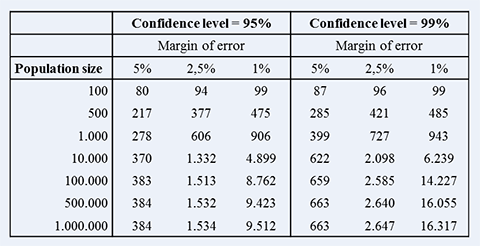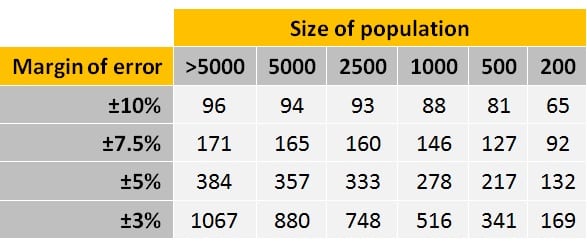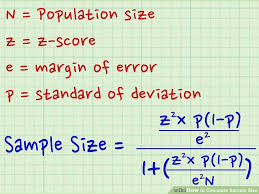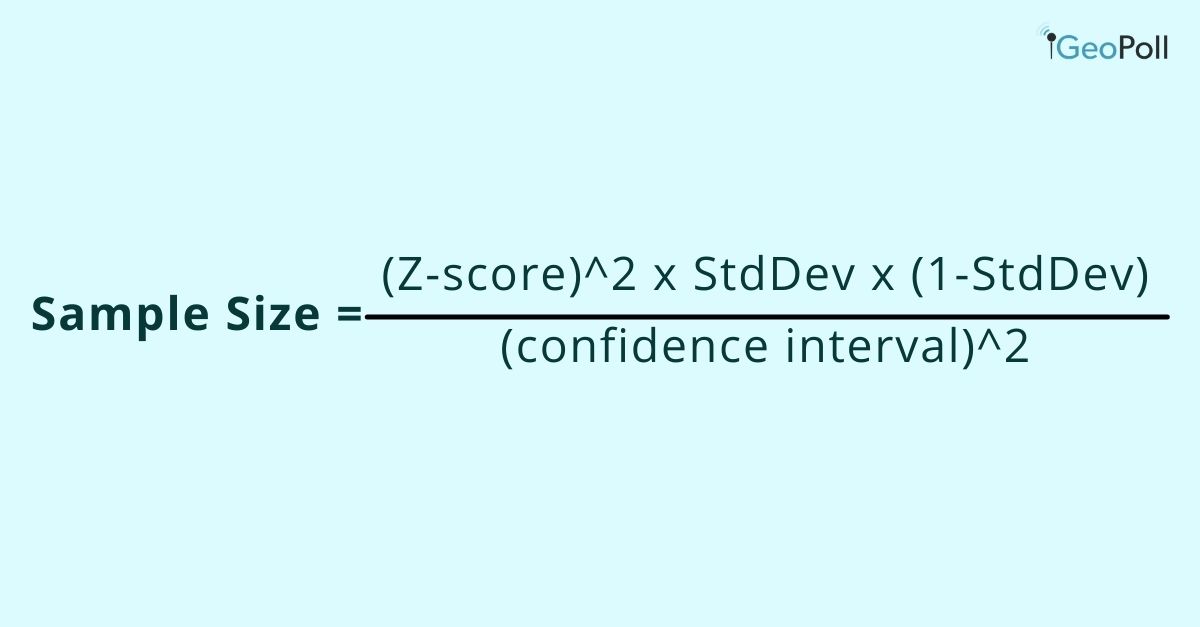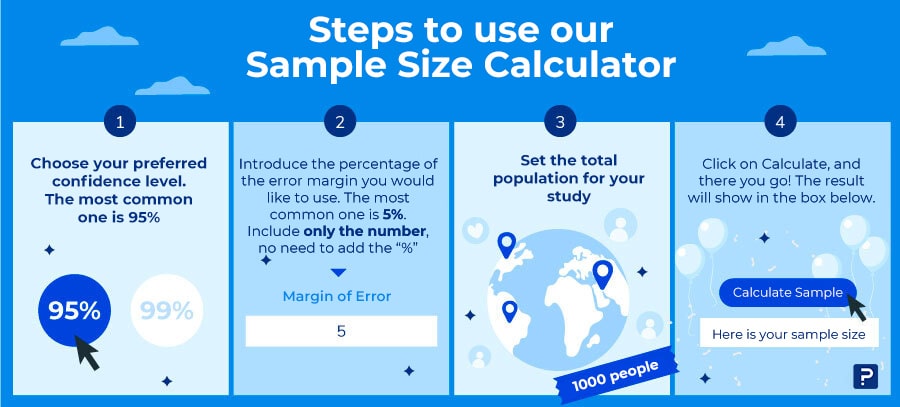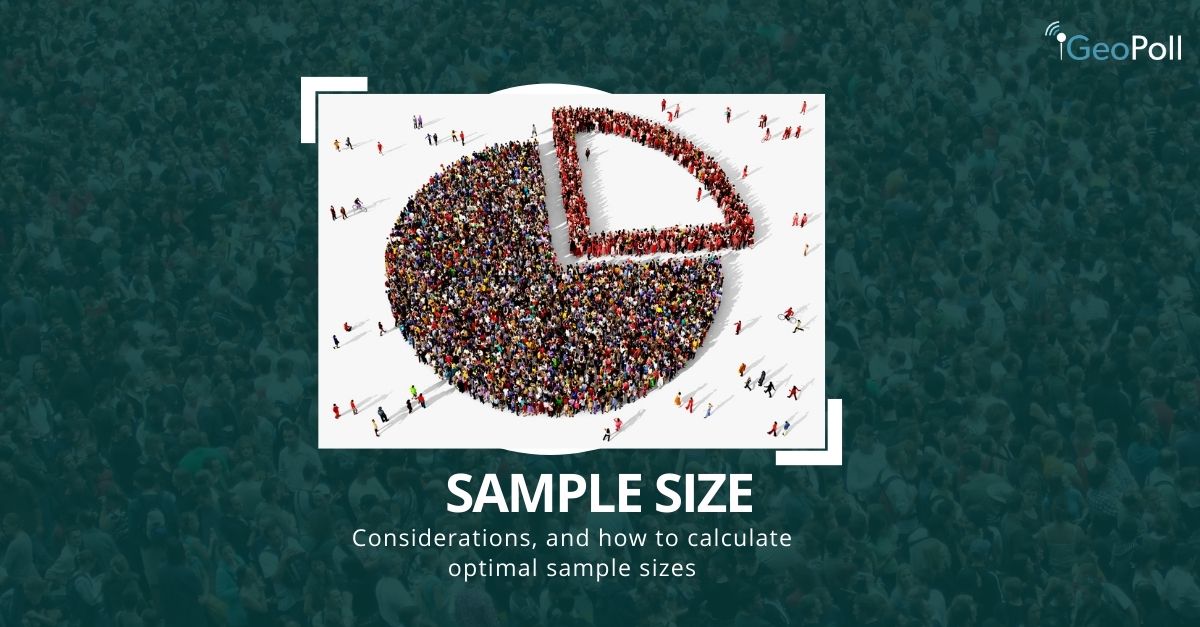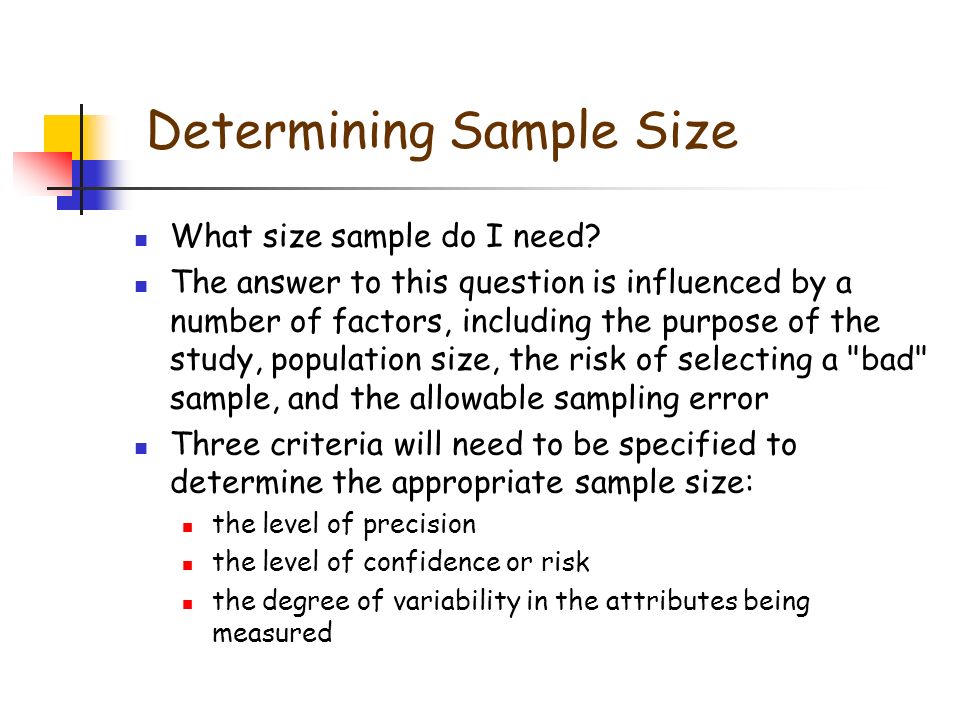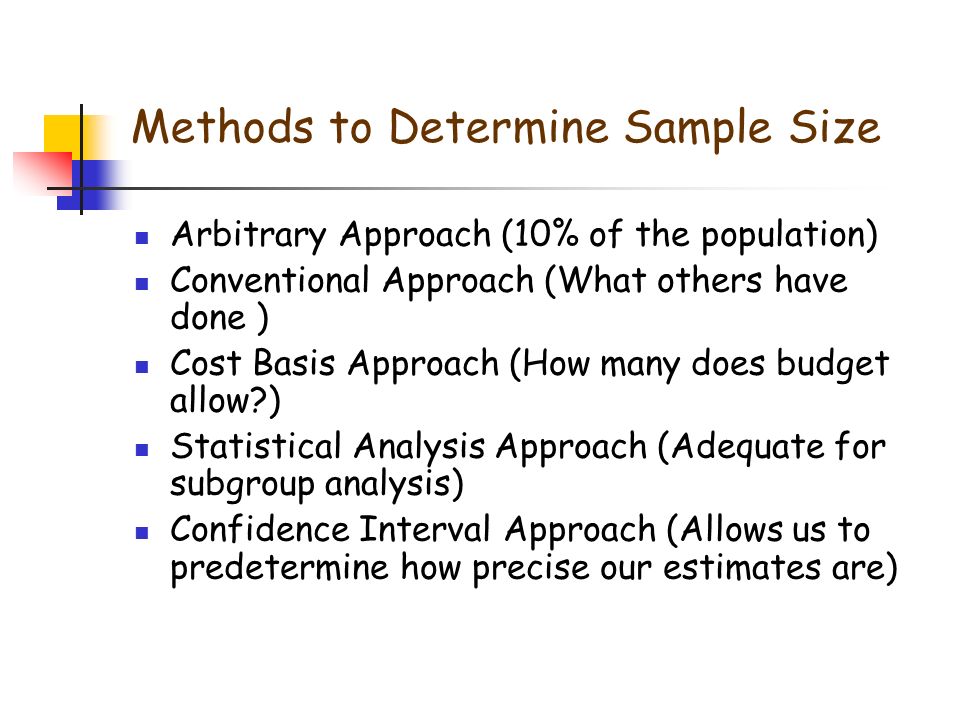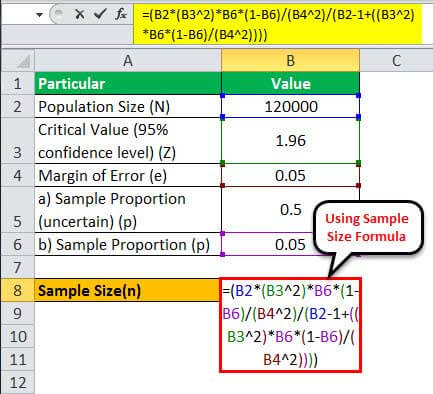Sensational Tips About How To Choose Sample Size

Segment your audiences carefully, into distinct groups, and, b.
How to choose sample size. The sample size calculations are only possible when you are having a sample in your hand. To solve this question, it is useful to have basic rules for selecting between the different tests,. What population parameters we want to.
The type of the qualitative study will determine the best sample size for your research. Consider these things when selecting a sample size. Finally, you can use these.
To calculate the adjusted sample size, we divide the total expected sample size by one minus the proportion expected to dropout (0.10 in this case). General feasibility tips for choosing a sample size: To choose the correct sample size, you need to consider a few different factors that affect your research, and gain a basic understanding of the statistics involved.
3 types of sample design key message: To choose the correct sample size, you need to consider a few different factors that affect your research, and gain a basic understanding of the statistics involved. Choose the appropriate study design.
To do this, use the confidence interval equation above, but set the term to the right of the ± sign equal to the margin of error, and solve for the resulting equation for sample size, n. Here is an example of how the math works, assuming you chose a 90% confidence level,.6 standard deviation, and. If you have yet to administer the survey, choosing 0.5 is typically a safe choice that will ensure a large enough sample size.
Standard deviation is expressed as a decimal, with 0.5 being a good standard deviation to set to ensure a proper sample size. It is important to choose methods (and sample sizes) that are feasible given program resources and faculty time. What you need to do instead is enter the study’s sample size, use a literature review to obtain reasonable estimates of the variability (if possible), and then enter an effect.


